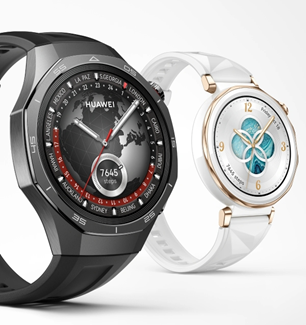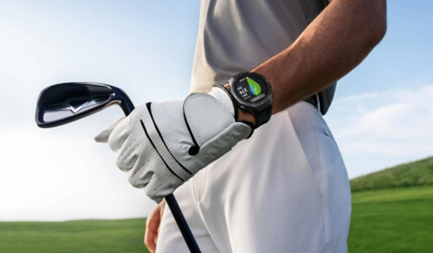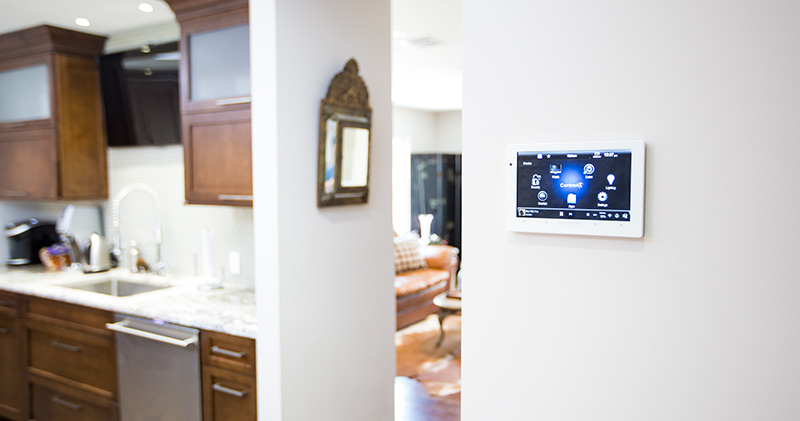How Do Smartwatches Compare to Traditional Watches in 2025?
The debate between smartwatches and traditional watches has evolved significantly by 2025. Initially considered a passing trend, smartwatches have now firmly established themselves in the market, challenging the classic appeal of traditional timepieces. With innovations in health tracking, connectivity, and daily convenience, smartwatches have become a vital tool for modern living. If you're leaning toward a smartwatch, don’t miss out on the latest Smartwatch Deal to maximize both style and functionality in your next purchase. However, traditional watches continue to hold their timeless allure with their craftsmanship and aesthetic value. As consumers weigh the advantages of both, it's important to consider how these devices fit into our daily lives.

Functionality: Smart Features vs. Traditional Timekeeping
Health and Fitness Tracking Capabilities
Smartwatches in 2025 offer an extensive range of health and fitness tracking features. Equipped with advanced sensors, they monitor heart rate, track sleep patterns, measure blood oxygen levels, and even provide ECG readings. These capabilities enable users to keep a close eye on their well-being directly from their wrists.
On the contrary, traditional watches maintain their primary focus on timekeeping. While some high-end models may include basic features like chronographs or tachymeters, they lack the seamless integration of health and fitness apps. The allure of a traditional watch lies in its simplicity and precision, not its health-monitoring capabilities.
Connectivity and Notification Features
Smartwatches excel in connectivity, syncing effortlessly with smartphones and other devices. Users receive real-time notifications for calls, messages, emails, and social media updates directly on their wrists. This functionality helps users stay connected without constantly checking their phones.
Traditional watches, however, are devoid of such features. Their sole purpose is to tell time. Some may incorporate date functions or moon phase indicators, but their inability to connect with other electronic devices makes them less versatile in this digital age.
Customization and App Integration
The customization and app integration features of smartwatches are unparalleled. Users can switch watch faces, change straps, and install a plethora of apps to personalize their experience. This flexibility allows users to tailor their smartwatch to fit their lifestyle and preferences.
Traditional watches offer limited customization options. While you might be able to change the strap or opt for a bespoke service, the intrinsic design of the watch remains static. The absence of app integration means that traditional watches cannot cater to the dynamic needs of a modern tech-savvy individual.
Design and Aesthetics: Sleek Wearables vs. Classic Timepieces
Traditional Watch Design and Timeless Appeal
The design of traditional watches is rooted in craftsmanship, heritage, and timeless appeal. Swiss watches epitomize luxury, using high-quality materials such as gold, platinum, and sapphire crystal. Intricately designed dials and mechanical movements add to their prestige and enduring value.
Smartwatches, on the other hand, prioritize functionality and modern aesthetics. Although they have evolved to include premium materials and stylish designs, they often lack the intricate detailing and sense of history that traditional watches possess.
Smartwatch Display and Customization Options
Smartwatch displays are vibrant, with high-resolution screens that can be customized to show various watch faces, notifications, and widgets. This level of customization caters to both the practical and aesthetic preferences of users.
Traditional watches feature analog dials with fixed designs but are often crafted with exquisite attention to detail. The inability to change the watch face may limit customization, but it also preserves the watch’s original design, appealing to enthusiasts of classic elegance.
Durability and Material Quality
Traditional watches are renowned for their durability, often being passed down through generations. Crafted from premium materials, they are built to last with minimal maintenance. The craftsmanship involved ensures longevity, with many models remaining operational for decades.
Smartwatches focus on functionality, yet manufacturers have progressively improved durability by using robust materials. However, the reliance on electronic components and frequent software updates can sometimes compromise their long-term reliability compared to traditional watches.
Battery Life and Charging: Comparing Longevity
Traditional Watches with Minimal Maintenance
Traditional watches, especially those with mechanical or quartz movements, require minimal battery or maintenance. A mechanical watch can run indefinitely with regular winding, while a quartz watch may only need a battery change every few years, making them highly reliable.
Smartwatch Battery and Power Management
Smartwatches need frequent recharging, often lasting one to two days on a single charge. Some premium models, such as the HUAWEI Watch GT 5 Pro, have a battery life of nearly two weeks, making it a good choice. Power management features in smartwatches can help extend battery life, but regular charging remains necessary.

Quick Charging and Power Saving Modes
Quick charging capabilities have become a standard feature in the latest smartwatches. Users can get a significant battery boost in a short charging period. Additionally, power-saving modes extend the battery life by limiting functionalities, providing flexibility for users who need prolonged usage.
Traditional watches do not face such constraints, as their power sources are either mechanical energy or long-lasting batteries. This ensures uninterrupted service without the need for routine charging.
Cost-to-Benefit Analysis of Smartwatches vs. Traditional Watches
When it comes to cost, smartwatches and traditional watches offer different benefits. Smartwatches provide a range of functionalities, such as health monitoring, connectivity, and customization, making them a versatile investment. Their costs have also become more accessible, catering to various budgets.
Traditional watches hold their value over time due to their craftsmanship and materials. High-end models from prestigious brands can serve as heirlooms, often appreciated. However, they lack the multifaceted functionalities of smartwatches, directing their value towards aesthetic and heritage aspects.
Conclusion
In 2025, the choice between smartwatches and traditional watches hinges on personal preference and lifestyle needs. Smartwatches cater to a tech-driven audience seeking functionality, health tracking, and connectivity. They offer a blend of modern aesthetics and practical features, making them suitable for every day and fitness-oriented users.
On the other hand, traditional watches appeal to those who value timeless design, craftsmanship, and longevity. Their simplistic yet elegant nature makes them a symbol of heritage and luxury. Ultimately, the decision boils down to whether you prioritize cutting-edge technology and versatility or classic elegance and enduring value. Both types of watches continue to coexist, catering to different tastes and preferences.
 crowdmobs
crowdmobs






